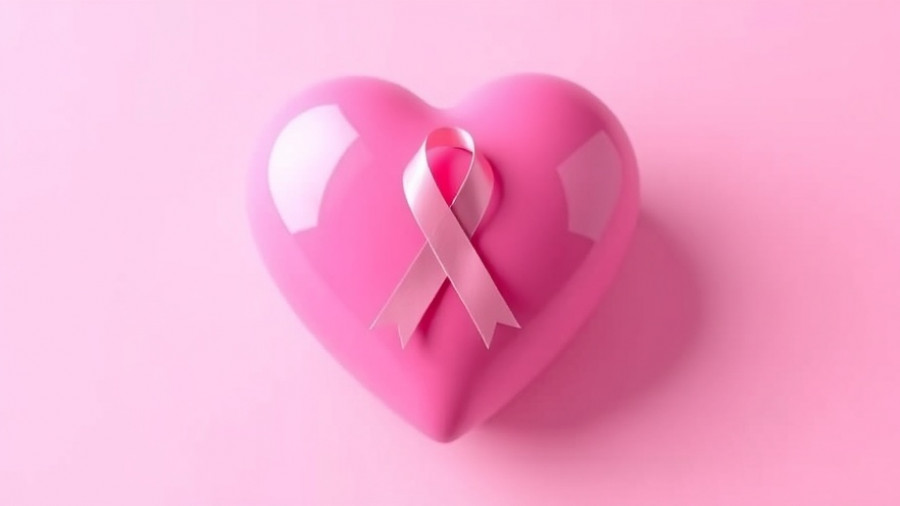
The Importance of Pet Breast Cancer Awareness
October is not just dedicated to raising awareness about breast cancer in humans; it's also a critical month for increasing awareness about pet breast cancer. The Humane Society of Imperial County emphasizes the significance of preventative care and attention to our furry friends’ health. Just as humans can suffer from breast cancer, so can our pets. Pet owners must recognize the risks associated with unspayed females and overbreeding, which have been shown to contribute to reproductive cancers in female animals.
Understanding the Risks
Veterinary experts widely agree that spaying female pets can significantly reduce the risk of developing mammary tumors. Unspayed females, especially those that have had multiple litters, are particularly susceptible to mammary cancer. The growth of these tumors can result in serious health repercussions for your pet, sometimes manifesting as lumps in the abdomen during routine examinations. Furthermore, unspayed females can also face risks from ovarian and uterine cancers as well as conditions like pyometra, a potentially life-threatening infection of the uterus.
Spotting the Signs Early
It is essential for pet owners to conduct regular health checks on their pets. Noticing an abnormal lump could be the key to early detection. Even the slightest sign, like changes in behavior or physical attributes, should be promptly evaluated by a veterinarian. Alternative options, like regular examinations by professional groomers, can also be helpful for early diagnosis. This proactive approach can lead to better treatment outcomes.
Breast Cancer in Pets: Understanding the Differences
While pet breast cancer has some parallels with human cases, the treatment options are markedly different. Current approaches often rely on surgical intervention, as chemotherapy and radiation treatments that are commonly used for humans are not broadly accepted for pets. However, new research continues to emerge, offering insights that can foster improvements in veterinary oncology.
What You Can Do to Help
One of the most impactful ways to reduce the incidence of pet breast cancer is through responsible pet ownership. Spaying female pets before their first heat cycle can drastically minimize the risk of developing such tumors. It's not just a matter of managing pet populations; it’s about actively protecting their health. Remember that pet breast cancer can affect both dogs and cats, and awareness can lead to early detection and improved outcomes.
Moving Forward: A Healthier Future for Pets
Raising awareness about pet breast cancer isn't just important for awareness month; it should be a year-round commitment. Engaging with your local animal advocacy groups, utilizing educational resources, and spreading the word among fellow pet owners can contribute to a healthier future for all pets. This October, as we acknowledge human breast cancer awareness, let’s also pledge to take action for our beloved pets.
If you see, feel, or notice anything unusual with your female pet, don’t hesitate to reach out to a veterinarian. Your attention could make a world of difference.
 Add Row
Add Row  Add
Add 




Write A Comment